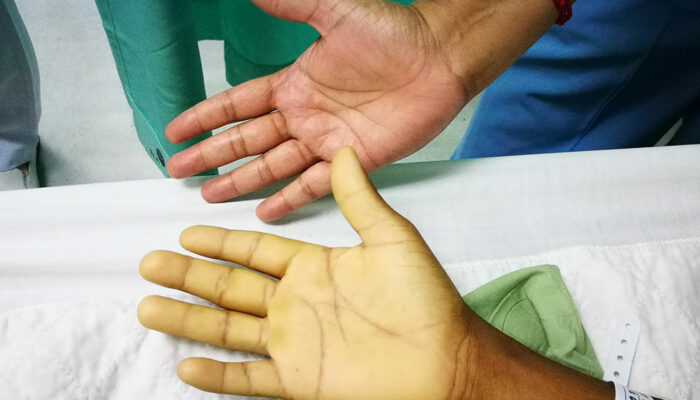
Triggers and Treatments for Breathing Issues
Breathing issues occur when you face difficulty getting sufficient air into your system. Breathing complications signal medication conditions affecting the air pathways, lungs, or heart. For instance, asthma and chronic obstructive pulmonary disease (COPD) signal lung problems. On the other hand, pneumonia and COVID indicate infections on the air paths. Mold, pet dander, pollen, and dust mites are common triggers for allergies, respiratory syncytial virus (RSV), and immune thrombocytopenia (ITP). Below are five ways to treat breathing conditions:
1. Vaccines
Most breathing ailments are infectious and can spread from one person to another upon exposure. Vaccination is one of the best ways to reduce the chances of contracting such diseases. Vaccination entails introducing the harmless aspect of the germs to trigger the production of antibodies that fight against the disease. The process allows your body to recognize and fight invasion by the same germs, boosting your immunity against the said disease. Vaccines are available for infectious respiratory conditions such as COVID-19, influenza, pneumonia, tuberculosis, and whooping cough. However, we do not have a vaccine yet for RSV and common cold diseases that affect normal breathing.
2. Oral or nasal antihistamines and decongestants
Breathing diseases lead to inflamed tissues and nose swellings, obstructing airflow. This condition is called nasal congestion or stuffy nose. Additionally, a patient may experience a running nose, wheezing, and sneezing from breathing complications. Antihistamines block the effects of histamine, a chemical that causes irritations, sneezing, runny nose, and teary eyes. You can introduce antihistamines to the body through tablets, nasal sprays, and oral liquids. Decongestants narrow the blood vessels, clear nasal congestion, and relieve pain and pressure. The medication is available in different forms, from tablets, gels, and nose drops to liquids and sprays. While drops and sprays produce instant relief, the oral kinds have longer relief.
3. Pulmonary rehabilitation
Pulmonary rehabilitation is a wonderful program tailored for chronic obstructive pulmonary disease patients. The rehabilitation focuses on creating awareness of lung diseases through education, supervised exercise, and behavioral interventions. Drug use education and nutritional and psychological counseling maintain good body mass, mental health, and appropriate drug dosage. The program reduces hospitalizations, shortness of breath, anxiety, and depression. You will also experience increased strength and an easier ability to perform daily routines or social activities.
4. Supplementary oxygen
When breathing difficulties cause oxygen levels to fall below 88%, healthcare providers prescribe supplementary oxygen. The oxygen therapy aims to improve the percentage to the recommended healthy level of 95%. Sufficient oxygen helps the functioning of major organs such as the brain, heart, and kidneys. Patients receive oxygen through a concentrator, storage tank, or compressor. Your practitioner may administer oxygen via face mask, cannula, or tracheotomy, depending on the extent of your medical condition.
5. Inhaled corticosteroids
Corticosteroids are the mainstay of asthma control and management drugs. The steroids prevent lung cells from breathing allergens that trigger asthmatic attacks. Some products help in reducing the production of mucus preventing nasal congestion. Inhaled steroids are similar to a naturally occurring hormone called cortisol. The hormone helps keep the body energetic. However, it is worth noting that these steroids are not the same as anabolic ones used to increase muscle mass. Corticosteroids come in three forms: dry powder inhaler, nebulizer solution, and hydrofluoroalkane (HFA). For best performance, patients should take the steroids daily and see the results in one to three weeks.
As the global population continues to increase, industrialization is at its peak, and so is the rate of air pollution. Consequently, there is a sharp rise in breathing complications ranging from mere inflammation to life-threatening infections. The list above provides common treatments for respiratory issues. However, you must consult your medical practitioner on the best treatment path.



